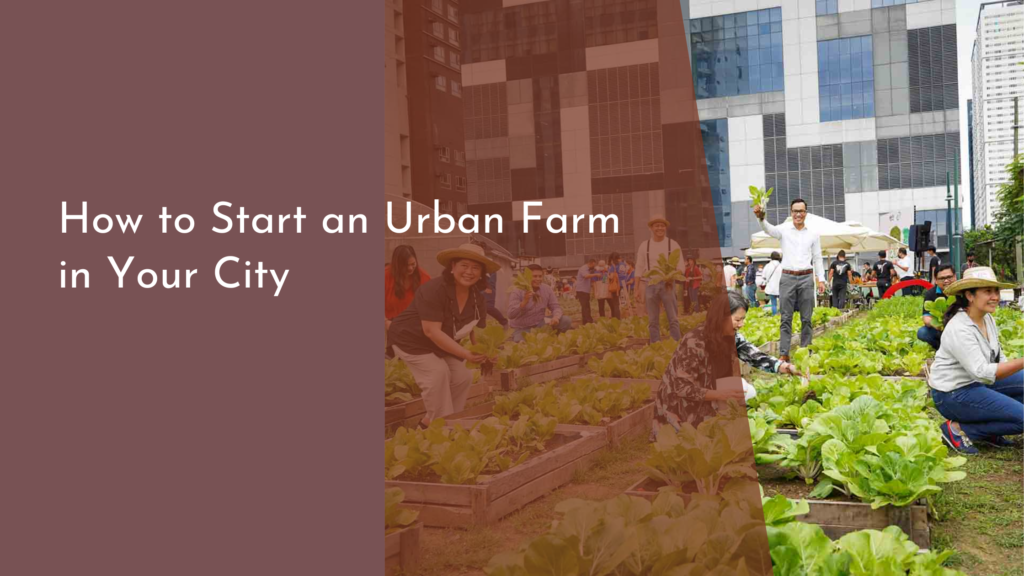The Role of Urban Forestry in Eliminating Urban Inequities
Urban areas are often characterized by concrete, steel, and asphalt, which can lead to disparities in access to nature and green spaces. The concept of urban forestry presents a promising solution to these inequities, focusing on the integration of trees and greenery into city landscapes. By prioritizing urban forestry, cities can create equitable access to nature for all residents, thereby enhancing quality of life and promoting community well-being. This article will explore the vital role urban forestry plays in eliminating urban inequities and fostering healthier, happier communities.
How Urban Forestry Creates Green Spaces for All
Urban forestry involves the management of trees and green spaces within urban settings, promoting the planting and maintenance of trees in neighborhoods, parks, and streets. By intentionally planning these green spaces, cities can ensure that all residents, regardless of their socio-economic status, have access to parks and recreational areas. This approach helps bridge the gap between affluent and underserved communities, fostering a sense of belonging and encouraging social interaction among residents.
Moreover, the strategic placement of trees enhances the aesthetic appeal of neighborhoods, which can increase property values and attract local businesses. As urban forestry initiatives expand, cities can transform previously neglected areas into vibrant green spaces that are accessible to everyone. This transformation not only beautifies cities but also creates a welcoming atmosphere where residents feel connected to their environment and to one another.
Benefits of Trees: Improving Health and Happiness in Cities
The presence of trees in urban environments offers numerous benefits that contribute to improved health and happiness. Research has demonstrated that urban greenery can lead to lower stress levels, increased physical activity, and enhanced mental well-being. Trees improve air quality by filtering pollutants and providing shade, which helps mitigate the urban heat island effect. This is especially crucial for vulnerable populations who may suffer from respiratory issues or heat-related illnesses.
Additionally, green spaces encourage outdoor activities, such as walking, jogging, and picnicking, promoting a healthier lifestyle for residents. Access to nature has been linked to improved mood and cognitive functioning, making urban forestry an essential component in creating happier, healthier communities. By prioritizing the planting and maintenance of trees, cities can significantly enhance the overall quality of life for their inhabitants, fostering a sense of joy and well-being.
Community Engagement: Involving Residents in Tree Planting
One of the most effective ways to ensure the success of urban forestry initiatives is through active community engagement. Involving residents in the planning and planting of trees fosters a sense of ownership and pride in their neighborhoods. Community-driven tree planting events can bring people together, encouraging collaboration and social cohesion while enhancing green spaces in their areas. Residents who participate in these activities are more likely to care for the trees and support ongoing maintenance efforts.
Moreover, community engagement in urban forestry can help address the specific needs and preferences of local populations. By incorporating input from diverse community members, cities can create inclusive green spaces that reflect the unique culture and identity of the area. This participatory approach not only strengthens community bonds but also empowers residents to advocate for their right to equitable access to nature, ultimately contributing to a more just urban environment.
Urban Forests: A Pathway to Environmental Justice and Equity
Urban forests play a critical role in advancing environmental justice by addressing the disparities in access to green spaces across socio-economic and racial lines. Historically marginalized communities often face higher levels of pollution, fewer recreational facilities, and limited access to nature. By prioritizing urban forestry in these areas, cities can combat these inequalities and promote environmental equity. This commitment to creating and maintaining urban forests can lead to healthier ecosystems and improved living conditions for all residents.
Furthermore, urban forestry initiatives can provide economic opportunities through job creation in tree care, maintenance, and community education. This not only contributes to local economies but also fosters a more inclusive approach to environmental stewardship. As cities invest in urban forestry, they send a strong message about the importance of equal access to nature and the need to restore balance in urban environments. In doing so, they pave the way for a more sustainable and equitable future for all.
In conclusion, urban forestry is a vital tool for addressing urban inequities and creating healthier, happier communities. By fostering green spaces accessible to all, improving public health, engaging residents in tree planting initiatives, and championing environmental justice, cities can transform their landscapes and enhance the quality of life for everyone. As we recognize the importance of nature in urban settings, let us continue to advocate for urban forestry as a pathway to equitable, vibrant cities where all residents can thrive.

